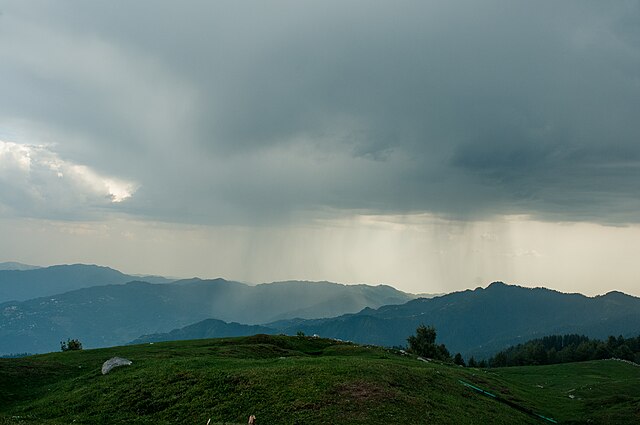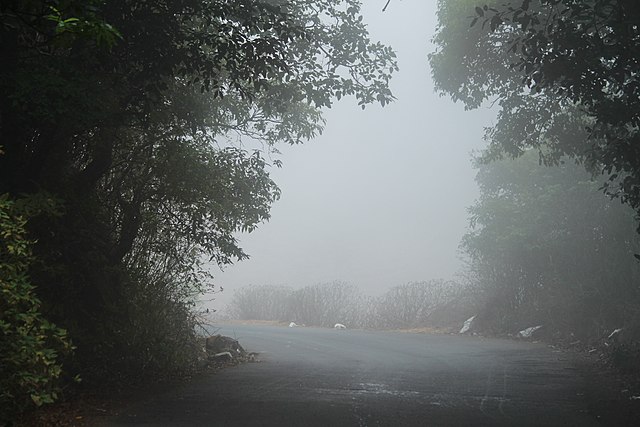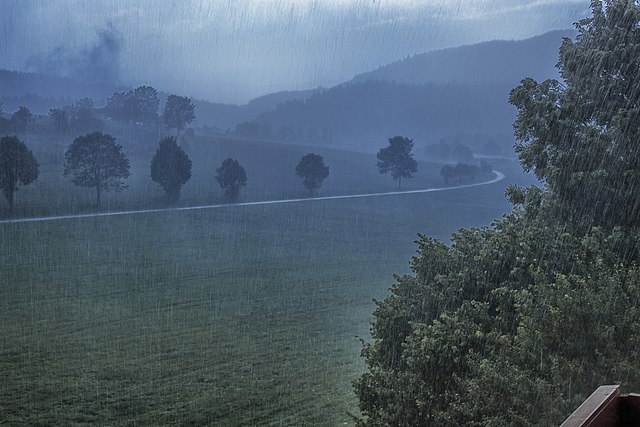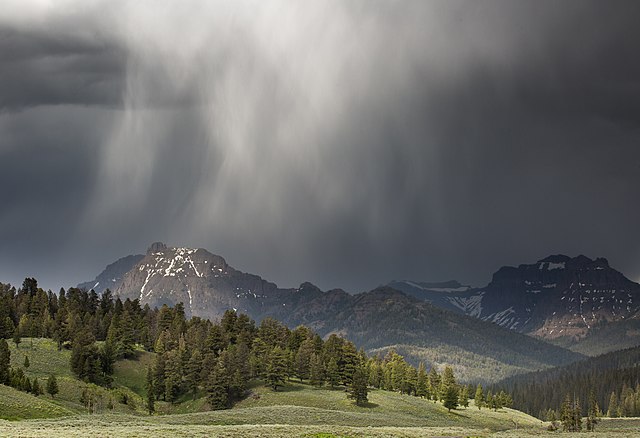
Thammasat University students interested in law, climate change, sociology, economics, human rights, and related subjects may find a new book useful.
Litigating the Climate Emergency: How Human Rights, Courts, and Legal Mobilization Can Bolster Climate Action is an Open Access book available for free download at this link:
The TU Library collection includes a number of books about legal aspects of climate change.
The book’s editor is Professor César Rodríguez-Garavito, an international human rights and environmental law scholar who teaches clinical law and Chair of the Center for Human Rights and Global Justice at New York University School of Law, The United States of America.

As he explains in an introduction,
As the climate crisis intensifies and becomes acutely visible, promising responses have been developed by scientists, advocates, and scholars around the world. Mobilizations such as #FridaysforFuture and Extinction Rebellion are converging with Indigenous peoples’ movements and other social justice movements to convey the urgency and the scale needed for climate action. Reports by the Intergovernmental Panel on Climate Change, informed by developments in attribution science, establish more precise links between greenhouse gas emissions, extreme weather events, and human impacts. In the meantime, collaborations between scientists and journalists have drawn the broader public’s attention to detailed information about the magnitude of planet-warming emissions associated with the activities of major fossil fuel companies.
In this edited volume, we explore a specific advocacy and regulatory tool that is gaining momentum around the world: human rights–based climate change (HRCC) litigation. Brought before national and international judicial and quasi-judicial bodies – from domestic courts to regional courts to UN human rights bodies – a growing wave of cases lays bare the profound impacts that a warming planet has on basic rights, such as the rights to life, health, and physical integrity of the victims of floods, fires, heat waves, and other extreme weather events; the right to housing and family life of the up to a billion human beings that may become climate refugees by 2050; and the whole range of rights of young people and future generations that may inherit an uninhabitable planet if carbon emissions are not urgently and drastically cut, in line with the recommendations of the IPCC and the goals of the Paris Climate Agreement.
The increasing use of human rights norms and litigation to advance climate action was not a foregone conclusion. Rather, it is a remarkable development, given the litany of failed efforts to create linkages between human rights and climate action in international law, starting with the omission of human rights in the landmark Rio Declaration of 1992. It took over two decades for human rights impacts to be recognized in a major international climate agreement (the 2015 Paris Agreement). The trend in climate litigation is striking also because human rights organizations were relatively slow to take on climate change. In fact, both in international law and domestic advocacy, it was environmental organizations that took the lead in bringing human rights frames and norms to bear on efforts against global warming.

As I show in Chapter 1, prior to 2015, only a handful of rights-based climate cases had been filed anywhere in the world. Between 2015 and 2021, litigants brought 148 suits against states (and, to a much lesser extent, corporations) for human rights violations related to climate change in thirty national jurisdictions and in eight international judicial or quasi-judicial bodies.
In addition to well-known cases such as Urgenda v. the Netherlands, Neubauer v. Germany, and Leghari v. Pakistan, the growing body of lawsuits and court rulings include successful challenges to coal mining in Europe, South Africa, and Australia; legal challenges against the utterly insufficient pledges that governments in Europe, Brazil, South Korea, and the United Kingdom have made to cut carbon emissions; lawsuits brought on behalf of young plaintiffs and future generations in the Americas, Australia, Europe, India, and South Korea; a human rights investigation against major fossil fuel companies in the Philippines; and challenges to high-emission economic activities, from the construction of new airport runways in Vienna and London to oil exploration in the Norwegian Arctic to cattle ranching driving deforestation in the Amazon rainforest. At the international level, the UN Human Rights Committee examined a petition against New Zealand that affirmed states’ duty to refrain from sending climate refugees to another state in which their life or physical integrity would be seriously endangered due to climate harms. Another petition, initiated by Greta Thunberg and other young activists, was presented to the UN Committee on the Rights of the Child, challenging top polluters among countries subject to the Committee’s jurisdiction.
As this “rights turn” in climate litigation has taken hold, actors undertaking, supporting, or encouraging it have proliferated apace.Footnote5 They include environmental and human rights organizations at the domestic and international levels, social and climate justice movements, UN special rapporteurs, Indigenous peoples’ organizations, public prosecutors, and governmental and intergovernmental human rights bodies. Indeed, rights-based climate litigation is an idea whose time has come.
While there is abundant literature on climate litigation, studies on rights-based litigation are far less common. Moreover, the dominant modality in the literature on HRCC lawsuits are in-depth studies of a single or a few particularly successful cases, usually from Global North jurisdictions. This volume seeks to fill this scholarly and practical gap by offering a systematic overview of HRCC litigation and analyzing the opportunities and challenges it raises for climate action and human rights around the world. The book is the result of a conference held at New York University School of Law in early March 2020. Convened by NYU Law’s Center for Human Rights and Global Justice, the conference brought together leading scholars, practitioners, scientists, and other actors that have contributed to HRCC litigation research and practice in different parts of the world.
At the conference and during the editorial process, we invited contributors to engage with a common set of questions: What analytical and strategic lessons can be extracted from the body of lawsuits and rulings for future research and advocacy? What ideas and experiences from other fields of research and practice (such as socioeconomic rights advocacy) can be usefully applied to understand and strategize future lawsuits and submissions before national and international courts and human rights bodies? Given the unique challenges that global warming poses, what types of litigation efforts may contribute to attaining the scale and urgency that, according to science, are needed for climate action to be timely and effective?

(All images courtesy of Wikimedia Commons)
